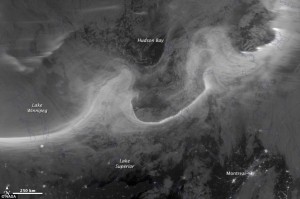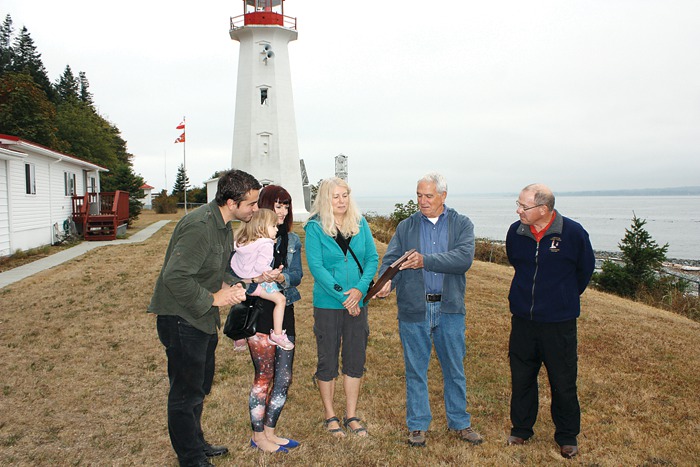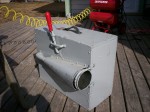I thought this might be interesting for people in other parts of the world who read this website. There are many food recipes associated with the West Coast of Canada and USA – many from the First Nations people, and many from the residents be they mariners, lighthouse keepers, villagers, prospectors, hunters or others. I will try and see what I can find. I will try and post about five (5) recipes per post. If others have any contributions, please pass them on. Full credit will be given.
One recipe I have posted can be found here: Thomas Crosby Muffins. Also a book was written about British Columbia lighthouses called The Lighthouse Cookbook by Anita Stewart. It is an excellent book and is available from Amazon.com.
********************************
Now this is one of the simplest recipes to make, and I learned about making them from my wife Karen who’s father used to cook them while out on the West Coast fishing for salmon. His recipe was pretty simple: Use whatever is available! Take some leftover cooked salmon, mix it about half and half with some leftover cooked potatoes, throw in an egg to help hold it together and season with salt and pepper. If available, add a few chopped green onions. Make into patties and fry in one-quarter inch (1/4″) oil, flipping once until brown on both sides. Serve with whatever condiment is available – lemons and/or ketchup. Enjoy!
Below is a more cookbook style of making the same thing:
Salmon Fish Cakes
1 1/4 lbs potatoes, peeled and cut into chunks
1 lb salmon fillets, skin on, scaled and bones removed (or in a pinch try using 2 cans of Clover Leaf’s canned boneless/skinless salmon) Continue reading West Coast Recipes – Part One











